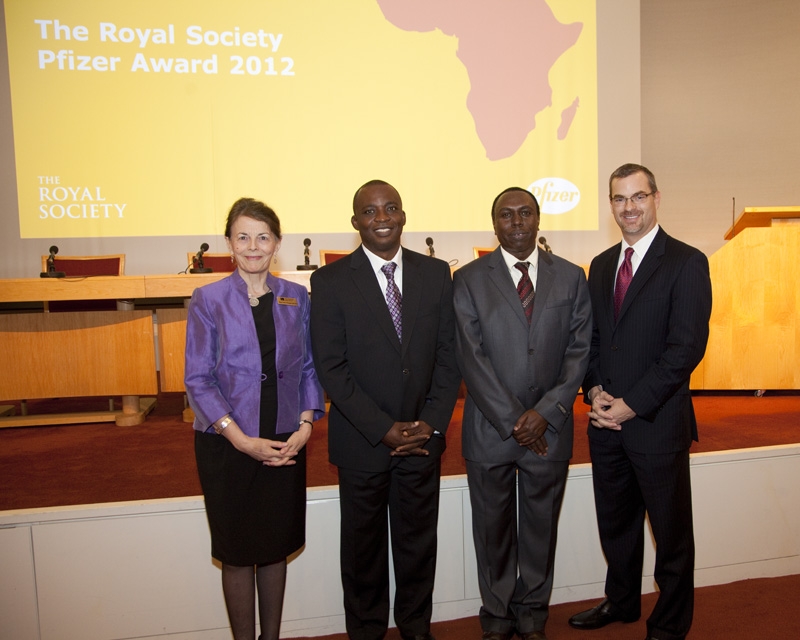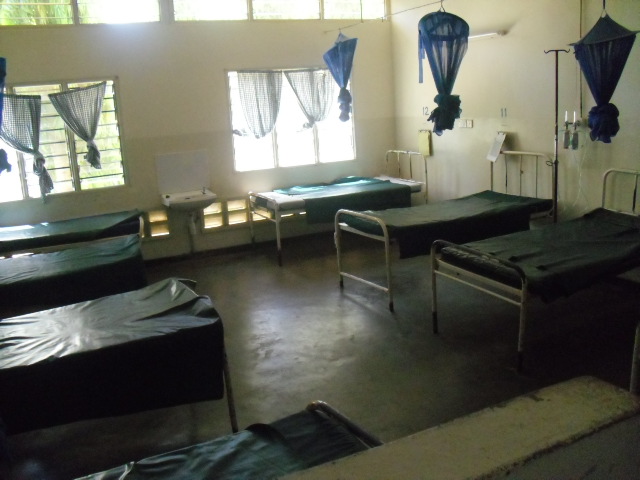
Congrats to KEMRI-Kilifi
On 24th October 2014, KEMRI-Wellcome Trust Research Program (KEMRI-WTRP) celebrated 25 years of research work. President Uhuru Kenyatta graced the occasion and also opened the Mbuyuni building.
I was an invited guest, as alumni of KEMRI-WTRP and was looking forward to the pomp of the ceremony. The compound that is always choked with vehicles was empty. Red carpets poured out of landrovers and lorries – we were frisked twice.
When the president arrived, he went to the laboratories and so enjoyed himself, that he spend half an hour talking to the researchers about their various pieces of work.
The President’s speech was brief- he praised the work of KEMRI and singled out among others, the pneumococcal vaccine impact study. This was started at the introduction of the vaccine in 2011 and seeks to measure how disease trends change in the community. Prof Peter Ratcliffe had referred to researchers as ‘not normal people’ and the President referred to this in his speech, lightening the mood – the man can charm.
He steered away from any politics and did not make grand promises. Although almost every speaker before him, urged him to increase funding for research – his promise was tempered.
‘We are at the current 0.5% and we shall build that over 4 years to 2% of the GDP going into research,’ the president said.
If we can get 2% of the GDP going into research, this will mean that Kenyan scientists will be able to push research agenda, which is essential. This is music to our ears.
At the moment, medical researchers are lucky that the world is paying attention to tropical diseases, but this may not necessary continue for long. The world wants to shift gears to non-communicable diseases yet we really have not sorted our communicable diseases effectively. Having local funding to do what we think needs to be done locally will save us the headache of pursuing research questions purely because that is where the money is at the moment.
The media stressed the Ebola bit of Uhuru Kenyatta’s speech – which was a transient two seconds of his speech, a real pity really.
Before the Friday ceremony, KEMRI-WTRP scientists had spent two and a half days listening and participating in scientific presentations. I attended most of them and there are those that stuck out for their uniqueness.
Prof.Kathryn Maitland presented the work she has been doing on critically ill children, making a statement that those of us not in clinical work, would find surprising.
‘For most of the treatments provided for critically ill children, there is no concrete evidence supporting their use and the manner in which they are provided,’ Prof Maitland said.
She has lead research on fluid resuscitation, giving results that went against WHO guidelines, which I wrote about in 2011.
http://www.theeastafrican.co.ke/news/WHO+rules+may+be++killing++not+saving+children+in+Africa/-/2558/1218640/-/ukpx4w/-/index.htm
Although those results came from a thoroughly conducted study, the results are still being debated as they were so unexpected.
Research in critically ill children however requires very great care and good clinical trials support system which is present at the KEMRI-WTRP. Prof Maitland will be leading more such studies in critically ill children which I hope to write about when the results are out.
Another researcher whose work stuck out for me was Dr Richard Idro from Uganda who is doing research on the nodding syndrome. A lot was written about this nodding disease in Uganda and Dr Idro was asked by the Ugandan Ministry of Health to investigate the disease.
http://www.who.int/neglected_diseases/diseases/nodding_syndrome/en/
http://www.bbc.com/news/world-africa-17589445
ECG’s have shown that this disease is a type of epileptic illness. It is interesting that scientists do not know what actually causes the nodding disease- no virus, bacteria or other microorganism has been isolated from these patients yet. However the disease is found mainly in people infected with the filarial worm, Onchocerca, which normally causes river blindness. This worm is spread by the black fly and is found in a belt along the African Equator, luckily, so far, not in Kenya. Scientists suspect that perhaps the disease is caused by some other agent spread by this fly.
Dr Idro hopes to find the cause of the disease but at the moment is also focusing on the needs of infected children. These children, he says, deteriorate over time and the disease is extremely debilitating.
There is never a dull moment in medical research – there is so much out there to learn about that will bring positive change. May the 2% of the GDP that Uhuru Kenyatta promised for research, come through sooner.





